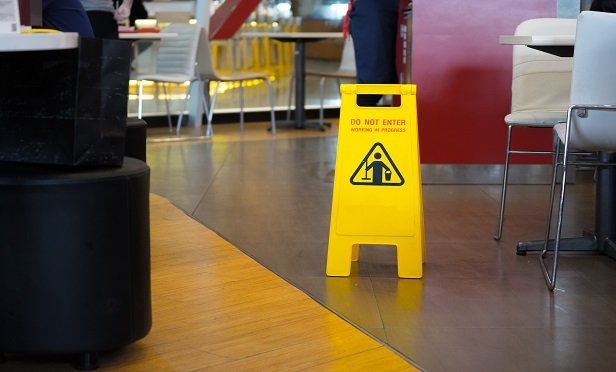 While sharp objects might cause the most reported claims, slips and falls resulted in 4.5 times more in paid losses. Industry data over the past ten years shows an average of 48.3% to 50% loss ratio for workers' compensation restaurant claims, says AmTrust. (Photo: Shutterstock)
While sharp objects might cause the most reported claims, slips and falls resulted in 4.5 times more in paid losses. Industry data over the past ten years shows an average of 48.3% to 50% loss ratio for workers' compensation restaurant claims, says AmTrust. (Photo: Shutterstock)
When Tropical Storm Isaias hit New Jersey in August, powerful winds destroyed outdoor dining spaces at multiple restaurants and led to thousands of dollars in property losses. Temporary structures may be more susceptible to wind, hail and other storm damage due to weaker materials.
Recommended For You
Want to continue reading?
Become a Free PropertyCasualty360 Digital Reader
Your access to unlimited PropertyCasualty360 content isn’t changing.
Once you are an ALM digital member, you’ll receive:
- Breaking insurance news and analysis, on-site and via our newsletters and custom alerts
- Weekly Insurance Speak podcast featuring exclusive interviews with industry leaders
- Educational webcasts, white papers, and ebooks from industry thought leaders
- Critical converage of the employee benefits and financial advisory markets on our other ALM sites, BenefitsPRO and ThinkAdvisor
Already have an account? Sign In Now
© Touchpoint Markets, All Rights Reserved. Request academic re-use from www.copyright.com. All other uses, submit a request to [email protected]. For more inforrmation visit Asset & Logo Licensing.







